Press (1) to activate turret controls. Press (2) to activate main gun. Press (3) to activate coaxial mahcine gun. Press (4) to activate turret hatch. Press (5) to activate driver's hatch. To operate turret, use pitch for elevation and roll for traverse. To control tank, use VTOL to control left track and Trim to control right track. To open hatches, use throttle. The Scorpion was designed by Bandit Ground Systems as an inexpensive light tank which is airmobile and fast. Subsequently, it was adopted by the Pilotmario Army for use with airborne units.
They were only deployed once in combat as airborne tanks, with mixed results. During the Battle of Seegson Line, Pilotmario Army paratroopers of the 111th Airborne dropped in with Company A of the 1st Airborne Armored Division engaged the 11th Leonidas Division. Of the 36 vehicles deployed, five were destroyed either attempting to land or upon landing. 11 machines were damaged, and two fell behind enemy lines and the crews unable to reach them. Of the 11 damaged tanks, 8 were made serviceable. The remaining 26 tanks participated in the assault on Seegson Central Bridge, where they proved instrumental to taking the bridge. Loyalist Spartan units guarding the bridge did not anticipate paratroopers with tanks, and retreated in panic.
However, on Sanctan Cemetery Hill, three tanks were sent to provide fire support, but were ordered to retreat as they attracted too much fire and infantry casualties began to mount as a result. When defending Seegson Central Bridge, the tanks were found to be vulnerable to anti-tank weapons, the Artemis' 105mm coilgun, and even heavy machine guns with armor-piericing ammunition against any part of the tank other than the turret and the hull front. Still, their 30mm cannon can engage the side armor of an Artemis at combat ranges, and were well-regarded by paratroopers, who beforehand, did not have any armored vehicles at all.
While the Pilotmario Army were satisfied with the performance of the Scorpion light tank, they never employed the machine as an airborn tank, and the 1st Airborne Armored Division would be deployed as conventional reconnaissance units for the rest of the war. In this role, they were successful. This vehicle is an example of a Scorpion deployed as a reconnaissance machine; spare components such as track links and road wheels as well as the storage box at the back of the turret and unditching logs at the back were not fitted when they were deployed as airborne tanks.
Specifications
General Characteristics
- Successors 3 airplane(s)
- Created On Windows
- Wingspan 9.8ft (3.0m)
- Length 20.9ft (6.4m)
- Height 11.2ft (3.4m)
- Empty Weight 7,101lbs (3,221kg)
- Loaded Weight 12,490lbs (5,665kg)
Performance
- Wing Loading 7,426.5lbs/ft2 (36,259.2kg/m2)
- Wing Area 1.7ft2 (0.2m2)
- Drag Points 4176
Parts
- Number of Parts 86
- Control Surfaces 0
- Performance Cost 530

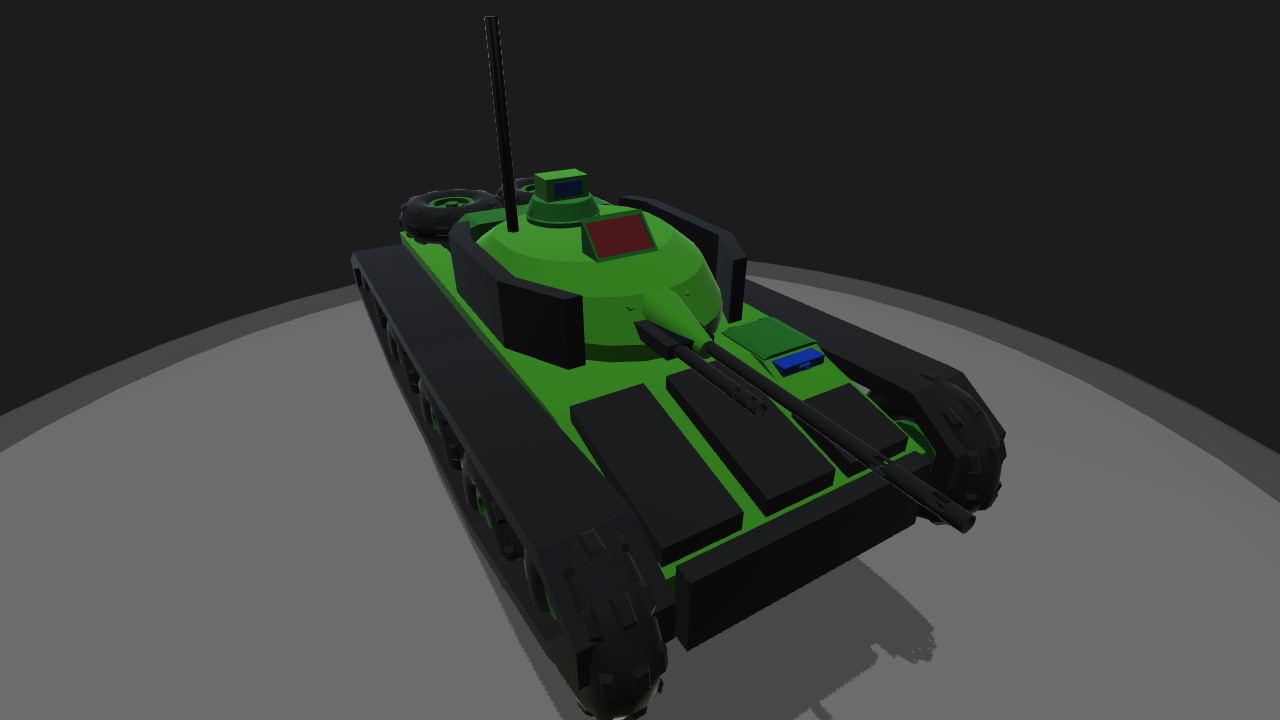
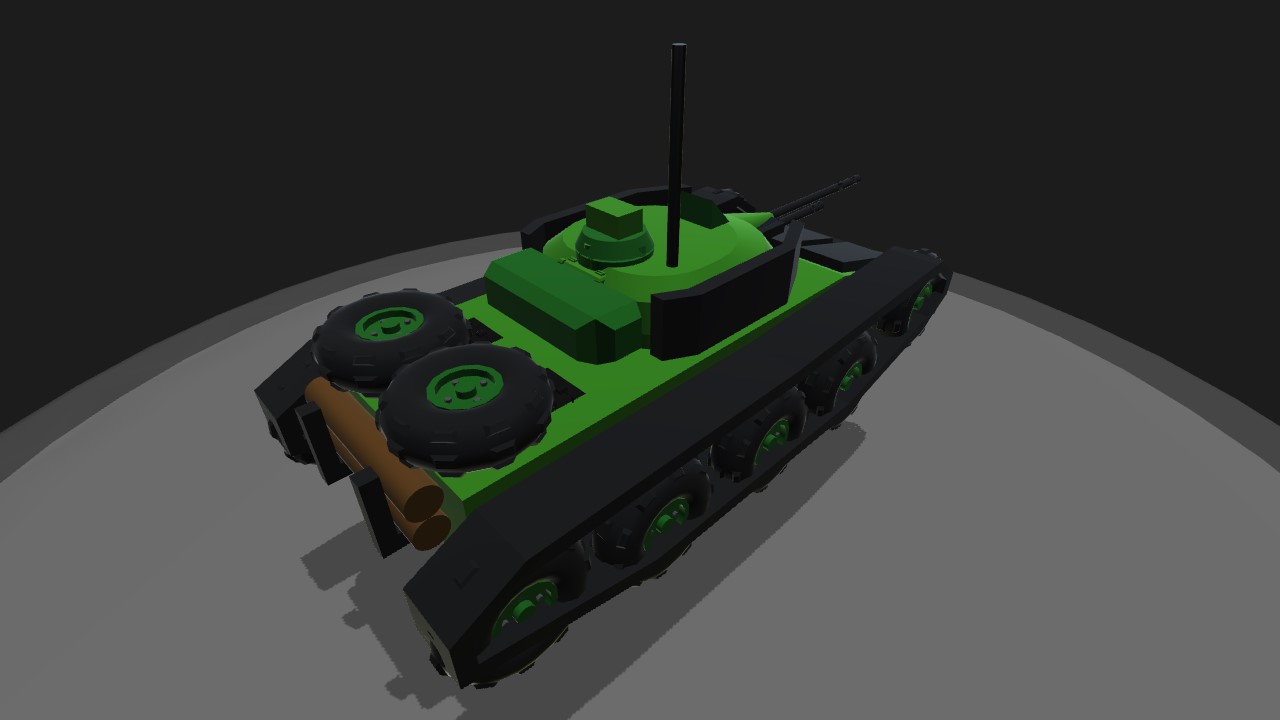
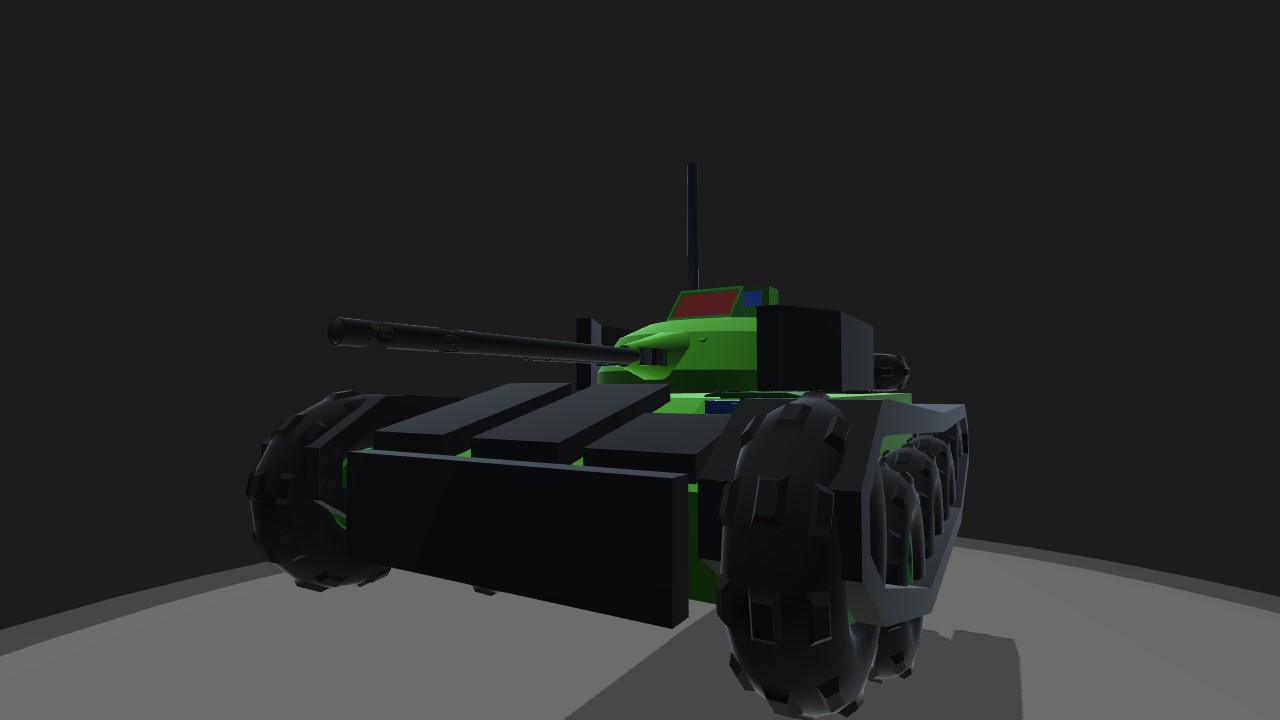
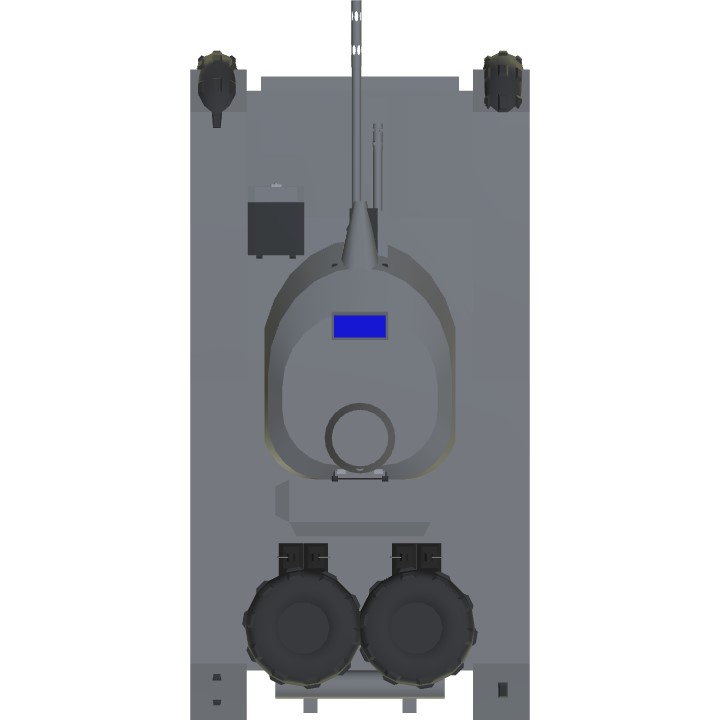
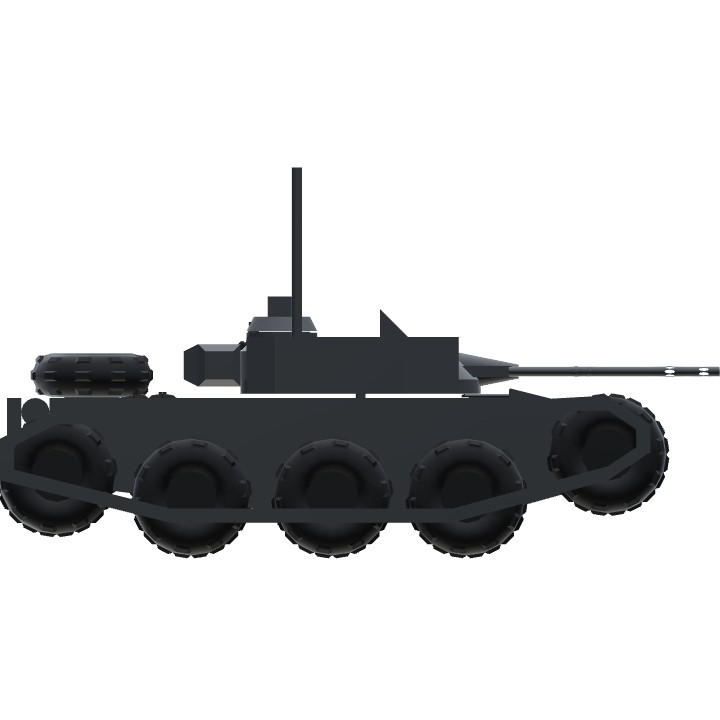
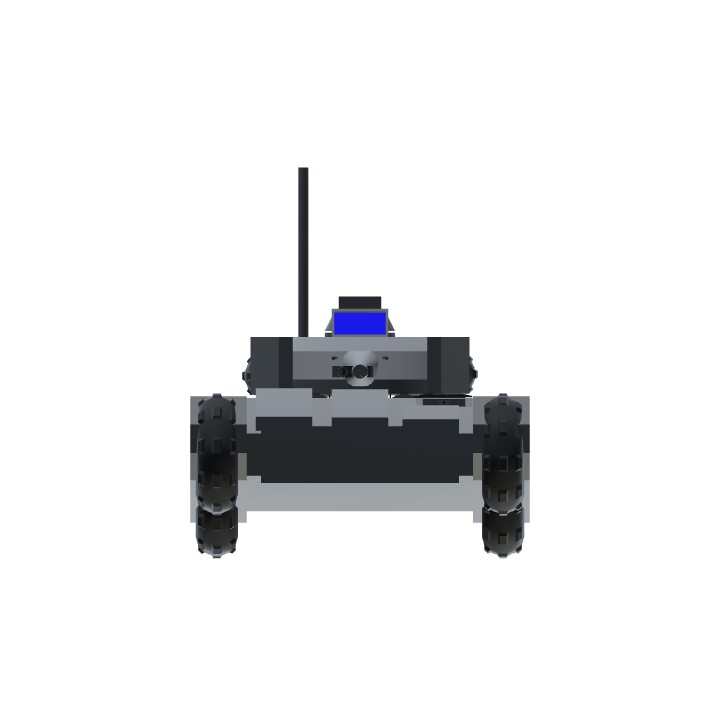
@Derpy1109 I based the actual history of this Scorpion light tank off of the M22 Locust, the first tank specifically designed for airborne operations.
But how this Scorpion matches the FV101 Scorpion in both function and combat history is an interesting coincidence.
I got excited, thinking this was the beautiful, glorious and truly perfect British FV101 Scorpion https://en.wikipedia.org/wiki/FV101_Scorpion
But it isn't. Just a light tank with the name.
Then your write-up seemed to mirror the plucky Brit's history, complete with eventual use by Air Force armoured divisions.
So.. I'm just going to assume its role and written-up history are inspired by the real scorp, just not the tank's very design. Is this true, or is it just coincidence it's named Scorpion and I'm looking way too far into this?
Holy cow poop... Amazing as always, trult, a magnificent beast
@General360 Thanks!